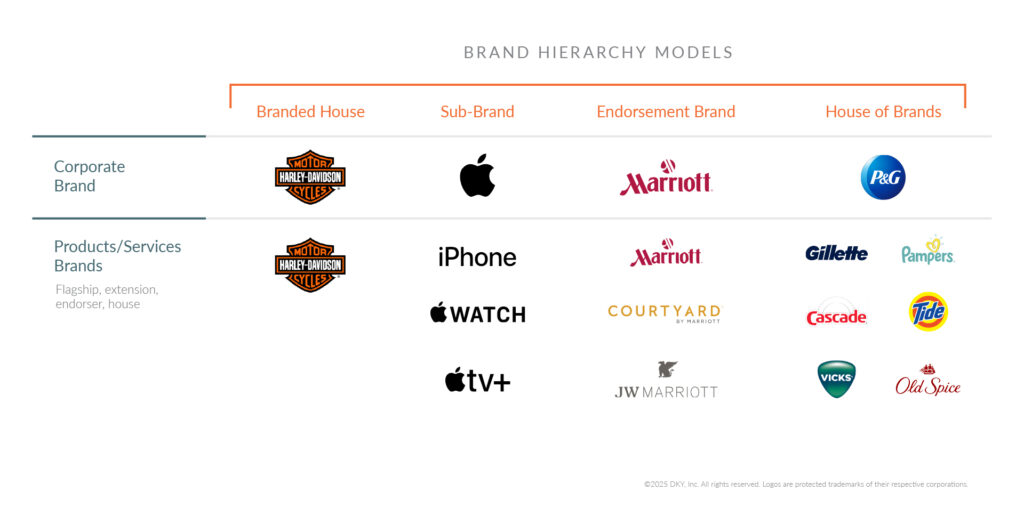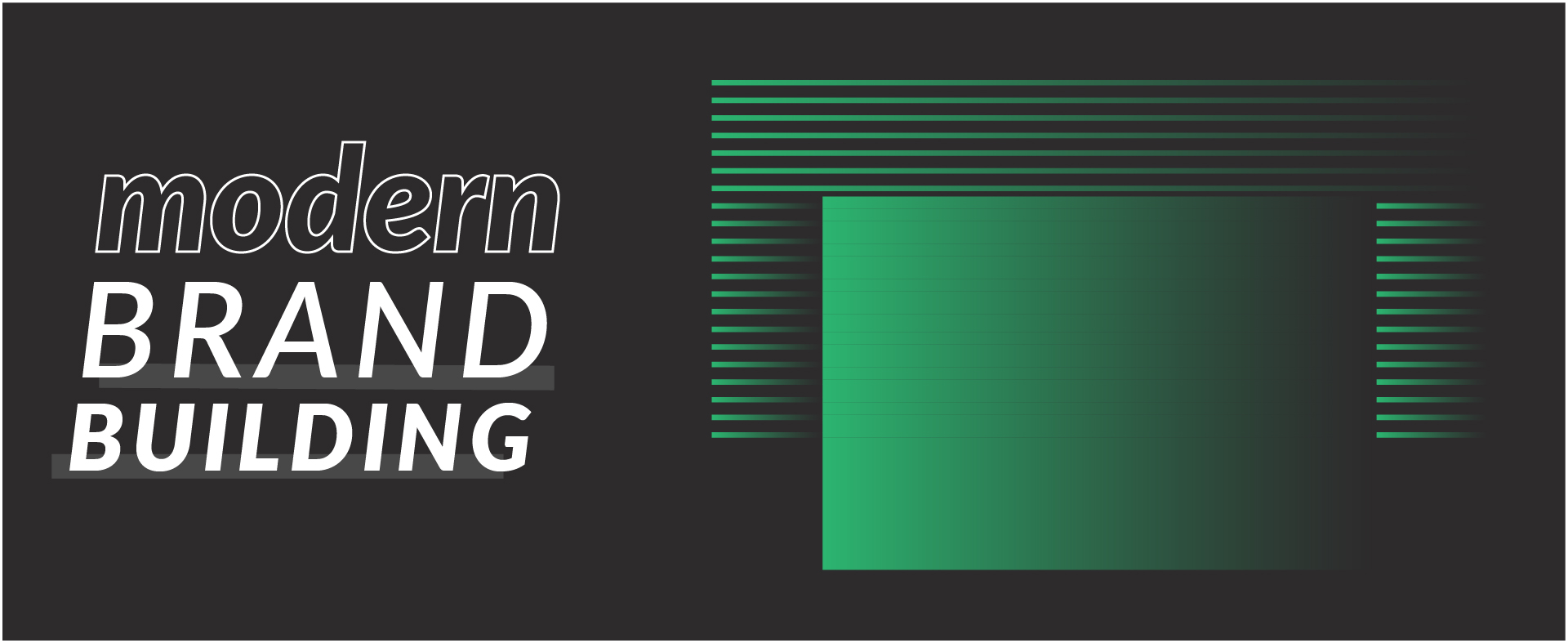As the marketing landscape evolves at the speed of AI, consumers are increasingly savvy and skeptical when it comes to brand marketing. We’ve learned to avoid brands that lack authenticity, relevance or substance. Instead of making meaningful impressions, the majority of marketing today feels like an awkward interruption.
But as marketing professionals, we still have an important job to do for the brands and organizations we serve: to make real connections between our brand and our ideal customers.
Welcome to DKY’s new blog series: Modern Brand Building. Inspired by our 30+ year commitment to building authentic brands that Ring True, this series will explore fundamental tools and practical insights needed to navigate today’s marketing challenges.
Brands Start and End with a Promise
At the heart of every great brand is a strategic promise built around customer truth. This series unpacks key concepts to help you build your brand on a core promise that will unleash your brand’s potential. We’ll cover topics like optimizing your marketing mix, fostering customer loyalty, and crafting brand communications that consistently support your brand advantage.
Today’s brand marketing isn’t about quick fixes or marketing shortcuts. It’s about building authentic relationships through clear, customer-centric strategy. In a time of constant change and disruption, marketers must rise above the noise.
Modern Brand Building Series, Pt 1
Why Brand Architecture is the Foundation of Effective Marketing
It’s easy to dilute or complicate your brand over time as change and complexity creeps in. One easy place to declutter your brand for customers is to establish a clear brand hierarchy. Whether you’re building a Branded House, House of Brands, or something in between, aligning your brand hierarchy to your business strategy and goals will help attract ideal customers by making it easier to understand and remember.
When auditing your Brand Hierarchy, there are four primary models to consider:

- Branded House: Here, your company and brand identity are one. Think of Harley-Davidson or John Deere, whose unified identity clearly conveys their overarching promise across all products and markets. A branded house is ideal for businesses whose core value proposition is strong, clear, and universally compelling.
- Sub-Brand: Apple is a well-known purveyor of the sub-brand. As the clear lead brand of the product line, the Apple name and/or logo mark is always prominent and present. But the company has also created global sub-brands like iPhone and Mac. The alignment of company brand + product brand creates opportunities to build the sub-brand value propositions, but always connected to Apple.
- Endorsement Brand: The endorsement brand takes another step away from the lead/parent brand, when it’s important for the endorsed brand to carry a more niche value proposition. Marriott leverages this approach with a full portfolio of hotel brands that are tied to the parent brand, but can more effectively connect to a wide range of customer segments.
- House of Brands: Companies like Procter & Gamble thrive by managing multiple independent brands, each with distinct messaging and unique relationships with customers. If your offerings are diverse enough to warrant individual identities, this model might be right for you.
No hierarchy is universally superior. Each has its strengths and trade-offs. The key is ensuring alignment with your strategic goals, resources, and target audiences. When done right, brand hierarchy amplifies clarity, elevates your positioning, and provides greater impact in today’s noisy marketplace.
Stay tuned as our Modern Brand Building series continues, equipping you with practical strategies for building brands that Ring True and drive lasting success.
Are you ready to build a brand that rings true? Connect with our team today.
